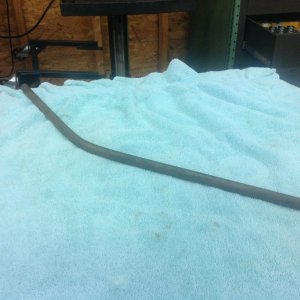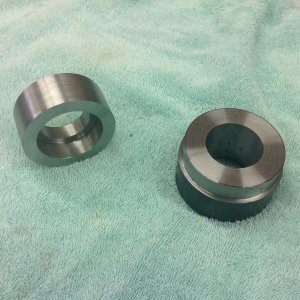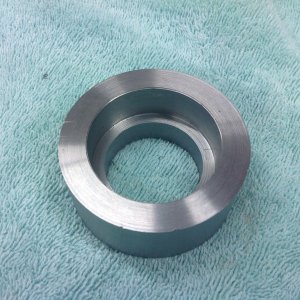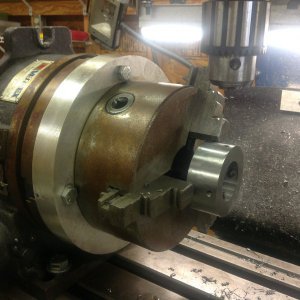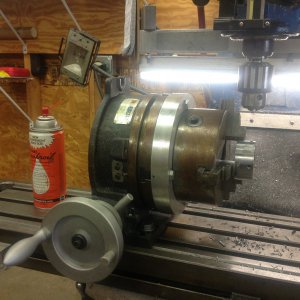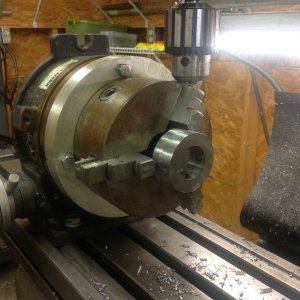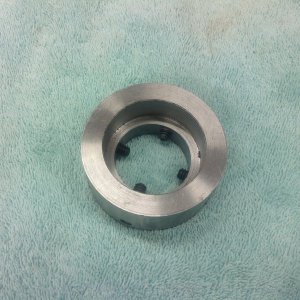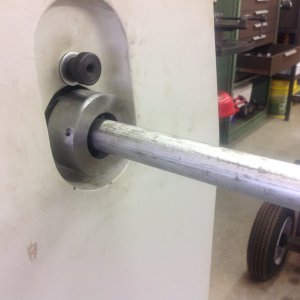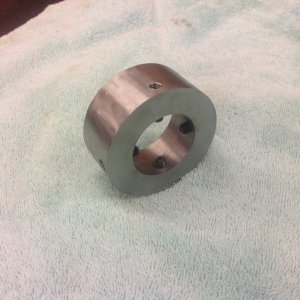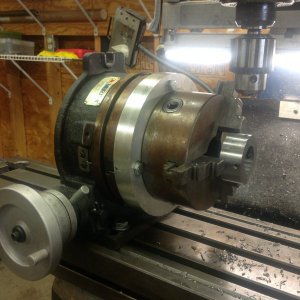- Joined
- Nov 14, 2016
- Messages
- 3,002
Aaron, it just takes much more time to set up your steady rest than gripping in your 3-jaw and going for it. all your are doing is reducing the 'whipping effect by using a plug. I think I've needed 3 or 4 plugs in 38 years, and they each took about 5 minutes to make.
I definitely can see the advantage for multiple parts, but for just 1 or 2, I was thinking it would be easier than making a new rest for the other end.
That is why I'm here though, to learn from those who have done it vs just a theory of how things work.



